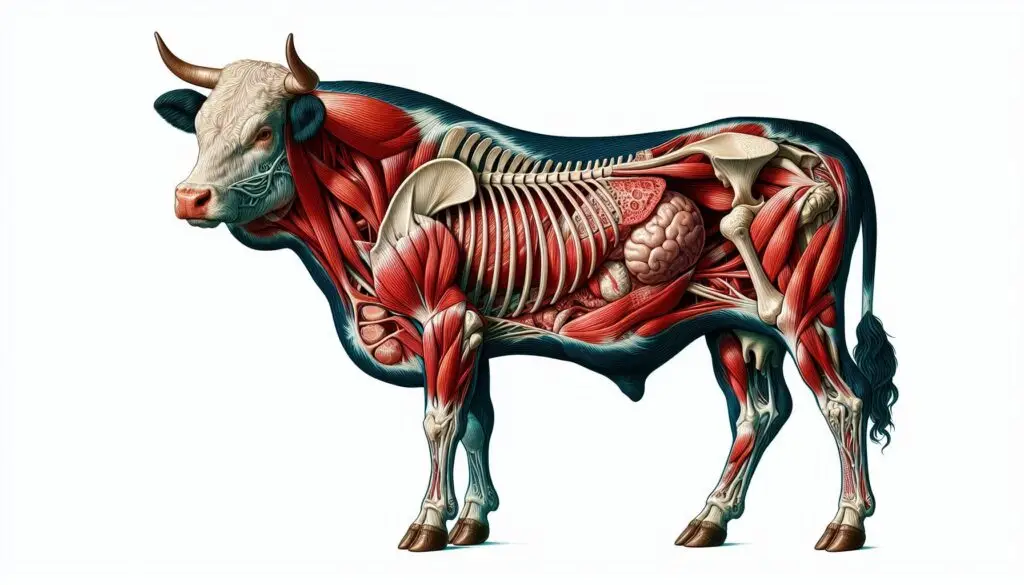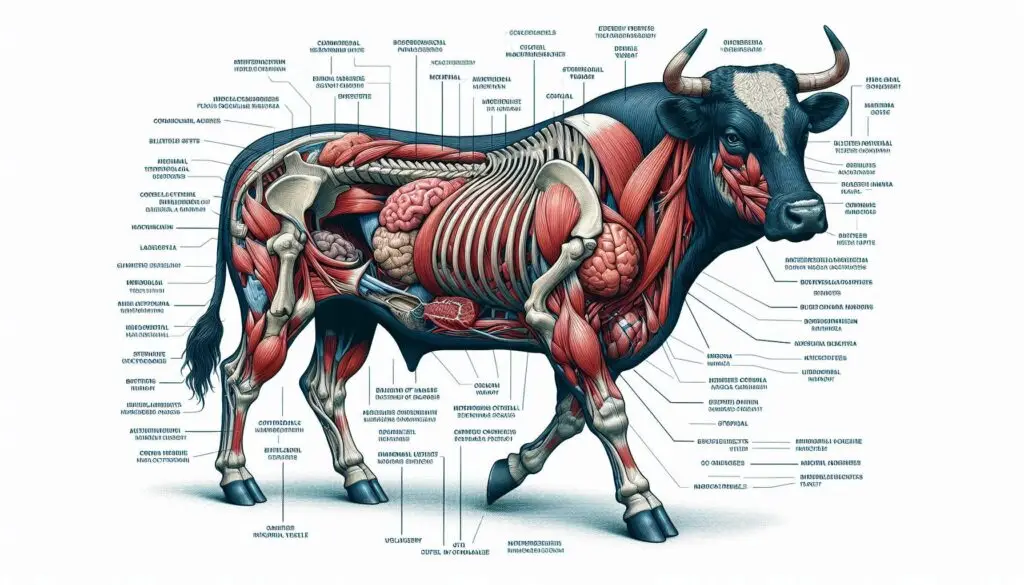Preservation of semen, Artificial Insemination of semen.

Introduction
Artificial insemination (AI) has revolutionized livestock breeding. It enables the use of superior genetics while minimizing disease transmission and reducing the costs associated with maintaining breeding males. The success of AI depends on effective semen preservation techniques that maintain sperm viability and fertilization potential. In this comprehensive guide, we’ll explore the science behind semen preservation and the various methods of artificial insemination used in modern animal husbandry.
Semen Preservation Techniques
There are two primary methods for preserving semen: chilling and cryopreservation. Each technique has its own advantages and is suited for different applications and species.
Chilling
First, chilling involves storing semen at temperatures between 4-5°C for short durations, typically up to three days. This method helps maintain sperm motility and viability, but its effectiveness is limited by time and temperature. For instance, chilled semen is commonly used in equine, where the semen can remain fertile for approximately 24 hours when stored at 5°C.
Cryopreservation
On the other hand, cryopreservation allows for long-term storage of semen at extremely low temperatures, typically in liquid nitrogen at -196°C. This method has revolutionized AI by enabling the indefinite storage of sperm, which can remain viable for many years. The process involves several steps:
- Preparation: Researchers mix semen with a cryoprotectant, such as glycerol, which protects sperm from ice crystal formation during freezing.
- Freezing: Next, they cool the semen gradually before freezing it in small straws or ampoules.
- Storage: Once frozen, the semen can be stored in liquid nitrogen, allowing for long-distance transportation and use in AI programs.
Cryopreservation has been shown to yield acceptable conception rates comparable to those achieved with fresh semen, making it a preferred method in many commercial AI practices. For example, researchers can freeze and store bull semen at -196°C in liquid nitrogen, preserving the doses indefinitely.
Semen Extenders and Dilution
Semen extenders play a crucial role in preserving sperm quality during chilling and cryopreservation. These extenders contain nutrients, cryoprotectants, and antibiotics that protect sperm from cold shock, osmotic stress, and bacterial growth.The composition of semen extenders varies depending on the species, but they typically include:
- Energy sources: Sugars like glucose, fructose, or lactose provide energy for sperm metabolism.
- Buffers: These maintain the optimal pH for sperm survival.
- Cryoprotectants: Substances like glycerol, dimethylsulfoxide (DMSO), or egg yolk protect sperm from freezing damage.
- Antibiotics: These prevent bacterial contamination and growth.
Additionally, researchers can dilute semen with extenders to increase the number of insemination doses from a single ejaculate. The dilution rates vary among species:
- Bulls: 1 ml of original semen can be diluted up to 65 times.
- Equine and swine: Semen can be diluted up to 40 times.
Before and after dilution, researchers measure semen concentration and motility to ensure the sperm is used effectively. They commonly use advanced techniques like Computer-Assisted Sperm Analysis (CASA) systems or photometers to analyze sperm quality.
Artificial Insemination Techniques
Artificial insemination is the manual introduction of preserved semen into the reproductive tract of a female animal. Various methods exist for inseminating different species, with the recto-vaginal technique being the most common for cattle.
Recto-Vaginal Insemination
In this method, the inseminator wears a plastic apron, gumboots, and gloves for hygiene. Next, they cover the semen straw, after thawing, with a plastic sheath and insert it into the cow’s vagina using the gloved hand. Finally, the inseminator guides the semen into the cervix using the other hand inserted into the rectum.
Vaginal and Speculum Insemination
Other species, such as horses and pigs, may require different techniques. In vaginal insemination, the inseminator deposits the semen directly into the vagina using a sterile pipette or catheter. Speculum insemination involves the use of a speculum to visualize the cervix, allowing the inseminator to deposit the semen directly into the cervical os.Successful AI requires precise timing relative to the female’s ovulation cycle to maximize the chances of fertilization. Therefore, heat detection is crucial for determining the optimal insemination window.
Advantages of Artificial Insemination
Artificial insemination offers several advantages over natural mating:
- Genetic Improvement: AI enables the use of semen from genetically superior males, enhancing the overall quality of livestock.
- Disease Control: By reducing the need for natural mating, AI minimizes the spread of sexually transmitted diseases among animals.
- Logistical Flexibility: AI allows for breeding across geographical distances, facilitating the use of high-quality genetics without the need for physical presence of the male.
- Cost Reduction: The increased breeding efficiency achieved through AI can reduce the costs associated with maintaining breeding males.
Conclusion
In conclusion, the combination of effective semen preservation techniques and artificial insemination methods plays a critical role in modern animal breeding. By enabling the use of superior genetics, minimizing disease transmission, and reducing costs, AI has revolutionized livestock husbandry. As research continues to advance, we can expect to see further improvements in semen preservation and AI techniques, leading to even greater advancements in animal breeding.
For more pearls of Vets Wisdom:






Responses